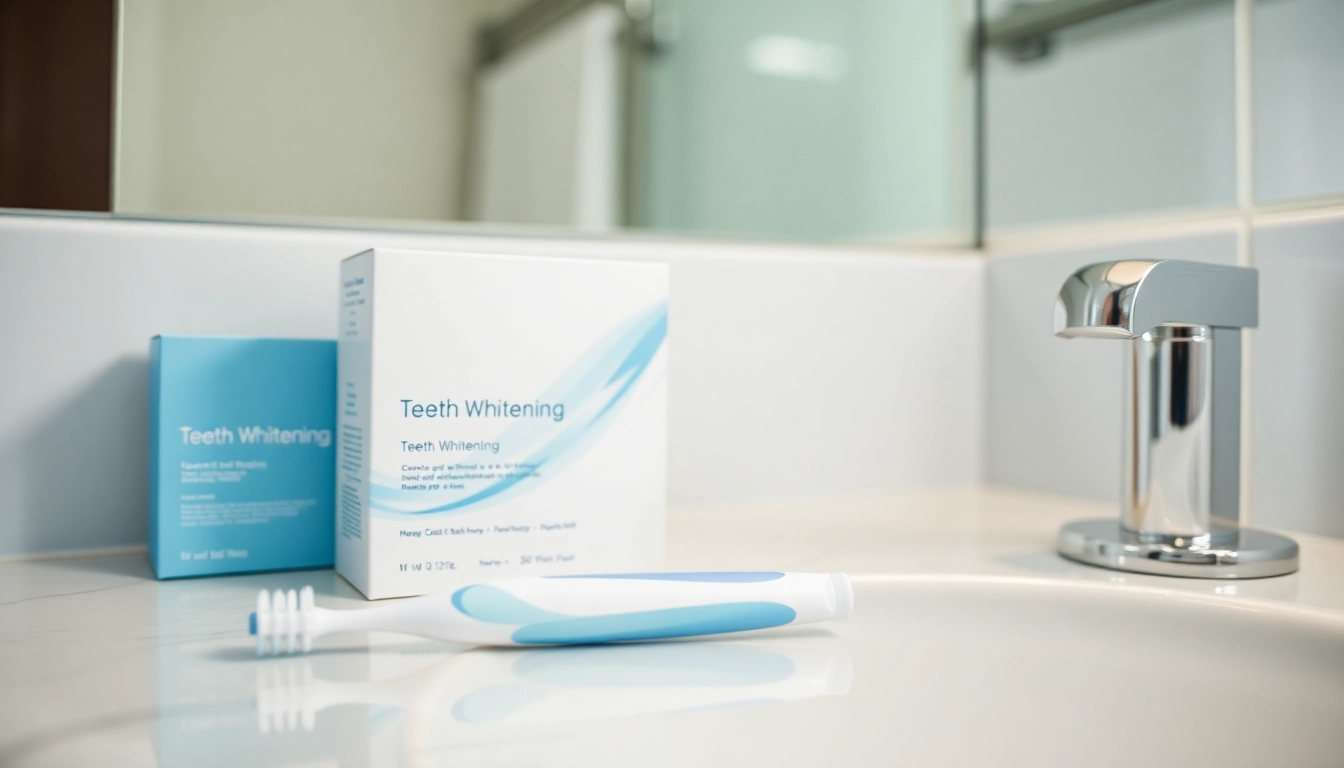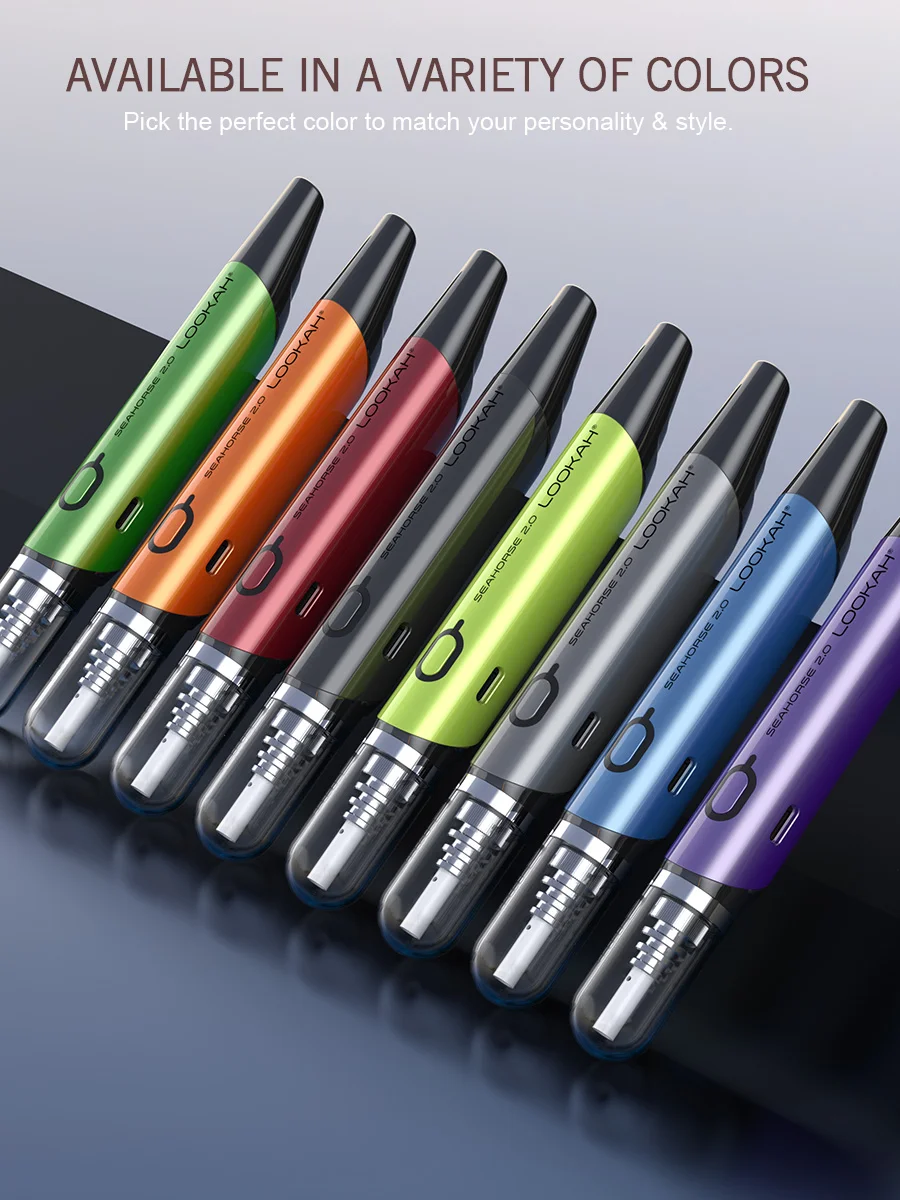Understanding Teeth Whitening Kits
What is a Teeth Whitening Kit?
A teeth whitening kit is a set of products designed to lighten the color of your teeth, effectively reducing stains and discoloration caused by various factors such as food, beverages, and lifestyle choices. These kits usually contain bleaching agents, such as hydrogen peroxide or carbamide peroxide, alongside other components that facilitate the whitening process. Many kits are designed for home use, offering a convenient and cost-effective alternative to in-office whitening treatments performed by dental professionals. With various formulations available, there’s a burgeoning market for teeth whitening kits, catering to different needs and preferences.
How Do Teeth Whitening Kits Work?
Teeth whitening kits typically employ either an in-office prescribed method or a home-use formula, both utilizing similar active ingredients. The primary working mechanism of these kits revolves around the oxidation of stains on the enamel surface. The peroxide compounds present interact with pigment molecules in stains, breaking them down, which leads to the visible whitening effect. Generally, kits come with a gel or liquid that is applied to the teeth, either directly or using a tray system, providing maximum contact and enabling optimal results.
Benefits of Using Teeth Whitening Kits
Teeth whitening kits offer several significant advantages:
- Convenience: Home kits can be used at your convenience without needing to schedule appointments with dental professionals.
- Cost-Effectiveness: They are often more affordable than professional whitening treatments, making dental aesthetics more accessible.
- Variety: With numerous products on the market, users can select kits based on their specific needs, preferences, and budget.
- Easy Application: Most kits include straightforward instructions for use, making the whitening process simple for anyone.
Choosing the Right Teeth Whitening Kit for You
Types of Teeth Whitening Kits
Teeth whitening kits can be broadly categorized into different types based on their application methods and formulations:
- Whitening Strips: Thin, flexible strips coated with a whitening gel. Users adhere them to their teeth for a specified duration.
- Whitening Gels & Trays: Custom-fitted trays filled with whitening gel are worn for a designated time. They are noted for their effectiveness as they surround each tooth uniformly.
- Whitening Pens: These are portable, containing whitening gel that can be painted onto the teeth, ideal for on-the-go touch-ups.
- Activated Charcoal Kits: Utilizing activated charcoal as a natural whitening agent, they appeal to those seeking organic solutions.
Factors to Consider When Selecting a Kit
Choosing the right teeth whitening kit involves several considerations:
- Type of Stains: Determine whether your discoloration is extrinsic (surface stains) or intrinsic (deeper stains). This will help guide your choice of kit.
- Sensitivity: Some individuals experience tooth sensitivity during whitening. Selecting a kit formulated for sensitive teeth is recommended for these users.
- Ingredients: Investigate the active ingredients in the kits. Products with higher concentrations may deliver faster results but could also introduce sensitivity.
- Duration of Treatment: Assess how long the treatment takes to achieve desired results, as this varies significantly among different kits.
Comparing Popular Brands: Which Kit is Best?
When evaluating the best teeth whitening kits, consider brands that have established a strong reputation for quality and effectiveness. Some noteworthy examples include:
- Whitestrips by Crest: These can be considered market leaders, known for their ease of use and significant effectiveness.
- Colgate Optic White: This brand offers a range of products including strips and toothpaste, catering to various whitening needs.
- SNOW Teeth Whitening: This brand emphasizes convenience with its user-friendly kits, utilizing LED technology for enhanced results.
Using Your Teeth Whitening Kit Effectively
Step-by-Step Guide to Application
Using a teeth whitening kit effectively involves adhering to specific steps to maximize results:
- Read the Instructions: Start by thoroughly reading the instructions provided with your whitening kit.
- Prepare Your Teeth: Brush and floss thoroughly to remove any food particles and plaque, ensuring a clean surface for application.
- Apply the Whitening Agent: Depending on your kit, apply the solution, gel, or strips as directed. Make sure to avoid excess application to minimize sensitivity.
- Allow for Treatment Time: Adhere to the recommended duration of wear based on product specifications, and avoid eating or drinking during this period.
- Rinse Your Mouth: At the end of the treatment, rinse your mouth thoroughly with water, especially if your kit includes gels.
Common Mistakes to Avoid
To ensure optimal results, avoid the following common mistakes:
- Ignoring Sensitivity: If you experience sensitivity, consider using the kit less frequently or switching to a sensitive formula.
- Overusing the Product: Following the recommended duration is crucial; overuse can lead to enamel damage and increased sensitivity.
- Not Maintaining Oral Hygiene: Maintaining regular brushing and flossing can enhance whitening effects and prolong results.
Length of Treatment: What to Expect
Treatment length can vary based on the specific kit and the severity of discoloration. Generally, most kits suggest a treatment course that spans from a few days to several weeks. Many users begin to see noticeable results within a week of consistent use, though optimal effects may take longer. Tracking your progress can help set realistic expectations.
Aftercare for Your Whitened Teeth
Maintaining Your Whitened Smile
Once you’ve achieved a whiter smile, maintaining it is essential. To prolong your results:
- Practice Good Oral Hygiene: Continue brushing twice and flossing daily to prevent the buildup of stains.
- Limit Staining Foods: Be mindful of food and beverage choices, opting for alternatives to dark-colored items like coffee and red wine.
- Periodical Touch-Ups: Depending on your diet and habits, you may need to reapply whitening products every few months to maintain brightness.
Foods and Drinks to Avoid Post-Treatment
After whitening, some foods and beverages can quickly restore stains. It is advisable to limit the following:
- Coffee: This popular beverage is notorious for staining teeth.
- Tea: Dark teas can contain tannins that promote discoloration.
- Red Wine: The pigments in red wine can penetrate tooth enamel.
- Berries: While nutritious, dark fruits like blueberries can cause staining.
- Smoking: Tobacco use directly contributes to tooth discoloration.
When to Seek Professional Help
If you experience extreme sensitivity or no improvement after a designated treatment period, consult a dental professional. They can help determine the underlying issues and suggest appropriate treatments or alternative whitening solutions. Regular check-ups can also help maintain your dental health and address concerns before they exacerbate.
Measuring Results and Adjusting Expectations
How to Track Your Whitening Progress
To effectively measure whitening results, keep a record of your pre-whitening shade and compare it to your current shade after treatment. You can use a shade guide commonly available online or at dentists’ offices to assess the progress. Documenting your experience can also help you visualize changes, keeping you motivated.
Understanding Results: What is Normal?
Normal results can vary significantly by individual. Generally, users may expect a whitening lift of one to several shades, influenced by enamel texture, existing stains, and the specific whitening agent used. Consultation with a dental professional can provide insights into your specific circumstances, especially if desired results aren’t achieved.
Adjusting Your Kit Choice Based on Outcomes
Your experience with each whitening kit will guide future choices. If results are less than satisfactory, consider switching to a different type or brand that addresses the specific nature of your stains or sensitivity. Some products may include additional ingredients that promote enamel health, which could be beneficial if you have experienced sensitivity during early treatments.














Leave a Reply